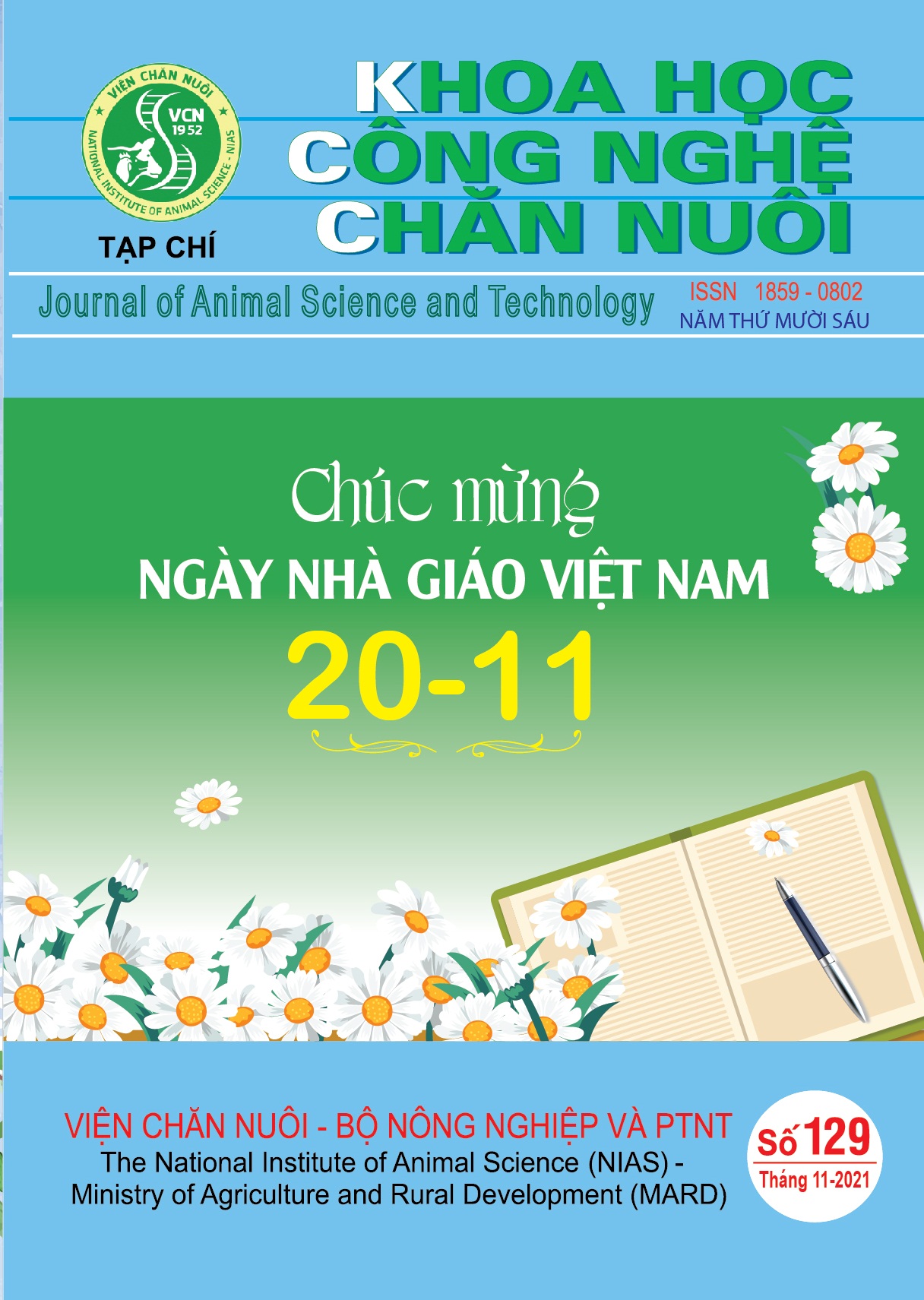Physical interventaion to control texture and tenderness of fresh meat
Meat tenderness is a key edible quality attribute to ensure consumer satisfaction. Variations in meat tenderness are related to several factors along the production chain (biological, farm, processing and consumption factors), which can lead to unstable tenderness in products. Red meat. The tenderization process is determined by physical and biochemical factors, with the influence of proteases involved in protein breakdown and thus, they regulate the rate and prolongation of tenderization in meat. Several physical, chemical and biological interventions have been studied to improve meat tenderness. This paper discusses the physical interventions used to modify the texture of meat and their mechanism of action, the optimal tenderizing conditions and their influence on the properties of the meat. other qualities (color stability, grease oxidation and water holding capacity).

